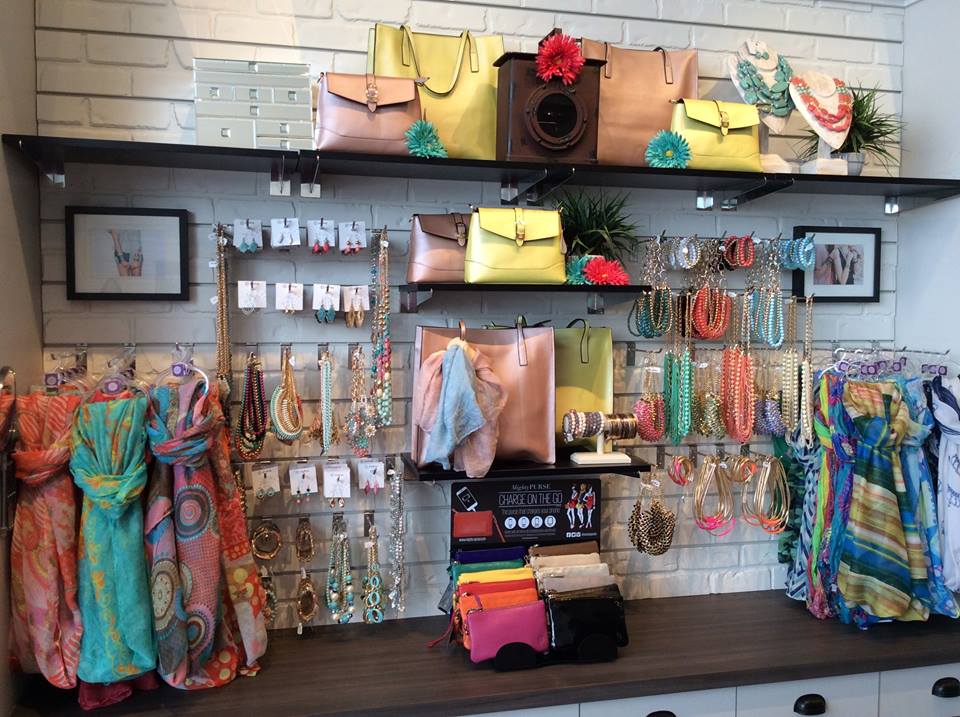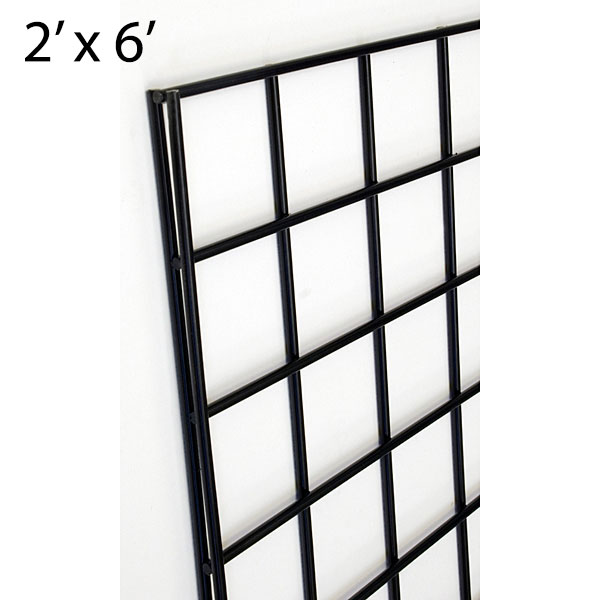Slatwall Or Gridwall? Which Should You Choose For Your Store?
- Apr 2, 2018
For your retail store, do you prefer gridwall or slatwall? For many store owners, not much thought was put into the decision to buy one over the other; they simply picked the type that was available or more affordable at the time the store was opening. Using the wrong type of display for your products can be a big mistake in the long run.
To be sure that you pick the better option for your store, you will have to consider both the advantages and disadvantages of both gridwall fixtures and slatwall fixtures.
Before making your decision, it is important to understand why you would need either of these fixtures to begin with. By using slatwall or gridwall fixtures, you can add another retail floor to your space without making your store bigger. For those that are not aware, these fixtures provide vertical displays for products to hang on, so that you can display more goods in the same amount of room. While you may have a lot of shelves already, they might not do a good job to display certain products at eye level and slatwall or gridwall can help with bringing products up to eye level.
As the needs for your product display change, you can easily move items around on these fixtures to adapt to this change. These wall fixtures come with hooks to mount displays, and can be moved with next to no hassle. You are not left with only one layout in a store. Slatwall and gridwall fixtures are versatile, flexible, and easy to use.

Slatwall is a fixture that covers a retail wall with a group of horizontal slats used to display several retail products at once. There are many other display options that work well with slatwall, including racks, hooks, baskets, and movable shelves to display goods in the best ways possible.
Slatwall is also visually pleasing to look at. Slatwall is a fixture that can effortlessly blend in with the rest of your store, so long as you choose the right finish and have it installed the right way. When slatwall is covered with products, customers will hardly notice the slats, and they will only see a finished, cohesive look in the area.

While it functions very similarly to slatwall, gridwall looks almost nothing like slatwall. Grids on a gridwall can be mounted fairly easily on a number of different wall surfaces. Grids can come in any size that you prefer, so you can pick the right gridwall to display the products you want in the best way possible. Like slatwall, there are a number of other display options that go well with gridwall.
You can overhaul your display setup with a gridwall in hardly any time at all. This is why gridwall is a very useful wall fixture. Gridwalls, however, work most ideally in home improvement stores, hardware stores and other stores with industrial aesthetics, while they will blend in with the industrial style of retail atmosphere, they will stick out like a sore thumb any place else.
Choosing between slatwall and gridwall isn’t as simple as determining which one is better than the other. You really cannot go wrong with either option. They both do a great job to display products in their own ways, allowing shoppers to find the goods that they need with no trouble at all. Your choice in the end will ultimately come down to what your store could better benefit from. Slatwall is more appealing in the design aspect, but will cost more, whereas gridwall will come with an unsightly wireframe design, but will be cheaper.







Validate your login